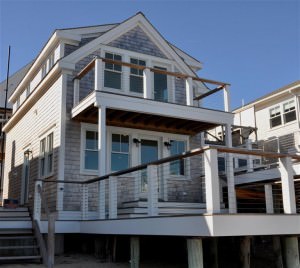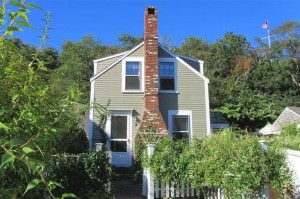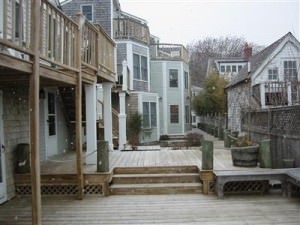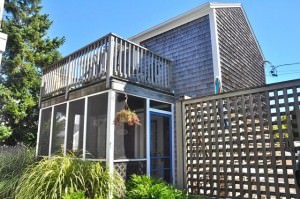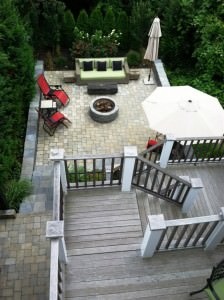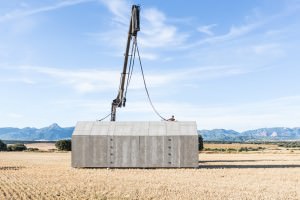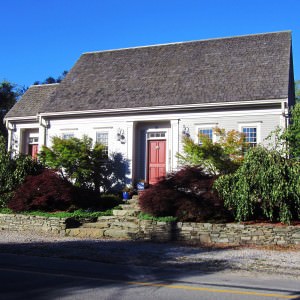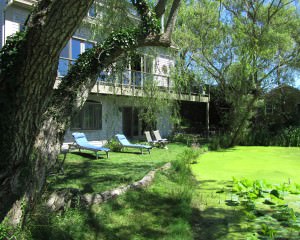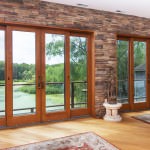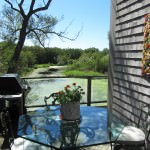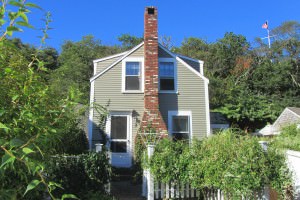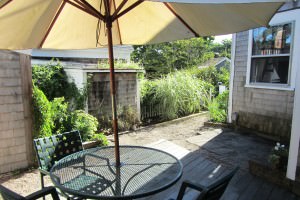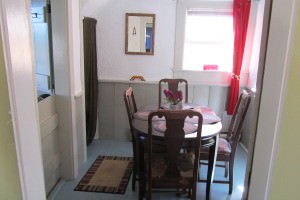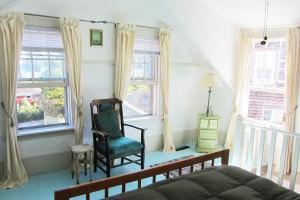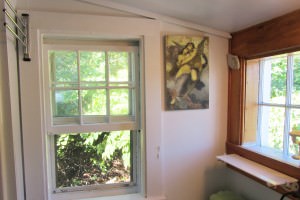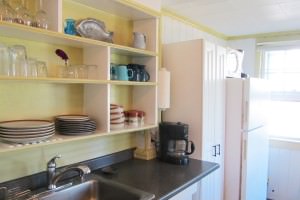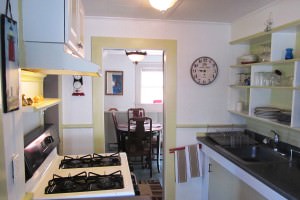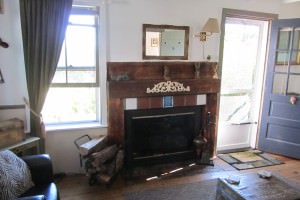…and worth it!
While this freestanding condo may sound expensive it is one of those rare, new construction properties right on the water…in the West End. It is a great property offering designed and built with what looks like great attention to quality and detail.
67 Commercial Street #4, $1.899M, 2/2, 969 sf. (copy direct from MLS) Quintessential, waterfront, West End free standing 2 bedroom, 2 bath Cape home with spectacular views of the harbor & Long Point. This luxury home has been completely rebuilt with contemporary finishes yet true to its Cape roots. The main living area has wide plank Scandinavian bleached white oak floors, bead board wainscoting & ceiling & a glass door that opens to a private waterfront deck. Kitchen features custom modernist shaker cabinets with a resin pebble backsplash, a Sub Zero refrigerator & Miele appliances. On the second floor you will find the master bedroom with cathedral ceiling, private deck & a spacious en suite bath. The guest bedroom also has a cathedral ceiling and oculus window. Both the baths have river stone tiled showers with Waterworks nickel fixtures & custom glass enclosures. There is off site deeded parking for 2.
